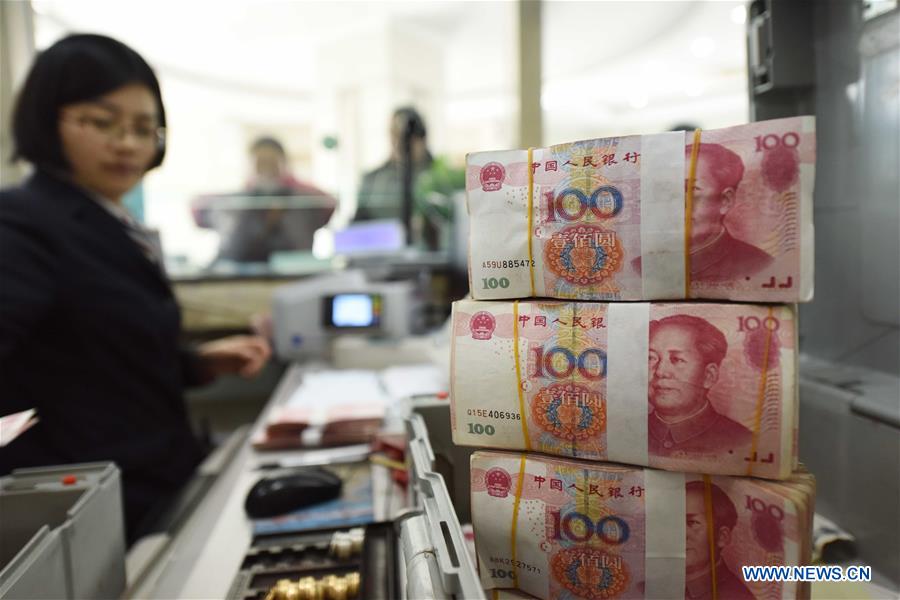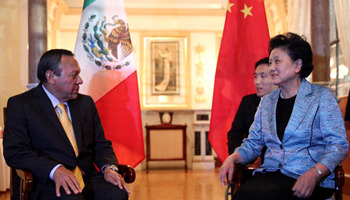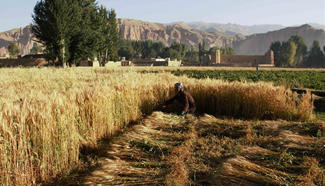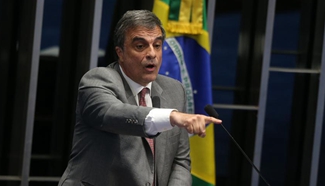
A bank staff member checks RMB banknotes at a bank in Lianyungang, east China's Jiangsu Province, Jan. 7, 2016. (Xinhua file photo/Si Wei)
by Xinhua writer Liu Xinyong
BEIJING, Aug. 10 (Xinhua) -- Despite having a range of monetary levers at its disposal, China's central bank is taking a careful and considered approach to using them.
Since the beginning of the year, the People's Bank of China (PBOC), the country's central bank, has lowered the reserve requirement ratio (RRR) just once, compared with five RRR cuts and five interest rate cuts in 2015.
Market anticipation for more cuts is rising as moderate consumer inflation in July offered sufficient room for such maneuvers, especially after the Bank of England slashed its interest rates to a record low last week.
Those hoping for cuts, however, will probably be disappointed.
The PBOC is unlikely to resort to frequent RRR and interest rate cuts in the second half of the year as it has consistently reiterated the need for prudent monetary policy to create a neutral monetary environment.
It is also fully aware of the negative effects of such moves, associating repeated RRR cuts with an easing of monetary policy, falling interest rates and depreciation pressure of Renminbi, the Chinese currency or the yuan.
The yuan's central parity rate against the U.S. dollar has weakened by more than 2 percent this year, and further depreciation pressures still exist, partly due to the strength of the dollar after Brexit.
Instead of directly increasing liquidity, the PBOC has adjusted liquidity through open market operations, with tools including reverse repos and several types of lending facilities.
So far, these measures have proved effective in ensuring a sufficient money supply, maintaining steady interest rates and sustaining sound economic growth.
China's mix of proactive fiscal policy and prudent monetary policy contributed to 6.7 percent year-on-year GDP growth in the second quarter, the lowest growth rate since early 2009 but still the envy of many countries.
The quality of China's economic growth is also improving, with rapid growth in the service sector, growth in consumption, encouraging data on new company registration, and a booming high-tech sector.
With the new changes, it is fair to say that China's macroeconomic policies are having the desired effect and that the country should ensure policy continuity and stability.
Aggressive easing of the RRR and interest rate cuts will not only cause excessive liquidity but also dampen China's efforts to reduce overcapacity and squeeze out asset bubbles.
With current practices proving effective, there is no reason for the PBOC to change course.
Accordingly, it is unlikely that China will resort to any aggressive easing of monetary policy until there are substantial changes in the economy.











